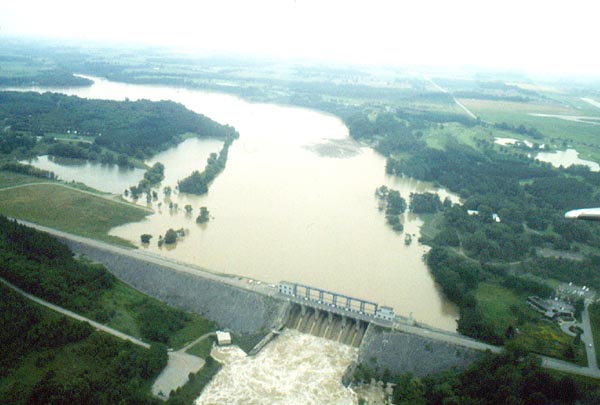Information on Bangladesh History
Located Northern Coast of Bay of Bengal. Surrounded by India, Capital: Dhaka.
Low-lying riverline (situated on a river) Due to tropical monsoons climate (June to Sept) they experience heavy rain and floods.
They gained independence from Pakistan in 1971
Population: 166280712 approx
And it's capital Dhaka with a population of 15.391 million
Official language is Bangla
Literary rate of 57%
Currency: taka
Religion- 89% Muslim, 9.6% Hindu, .9% other
Econ- Unemployment rate 5%
Industries- cotton textiles, tea processing, garments, jute (golden fiber plant)
Agriculture- rice, tea, jute, wheat beef
Exports: garments, leather, seafood, frozen foods, jute and goods
Transportation: 95% of highways are unpaved
Waterways 8370 km (3060 km are main cargo routes)
Labor- 78 million exported to other surrounding countries 47% agriculture, 13% industry, 40% services
GDP: 1800 per person annually/

